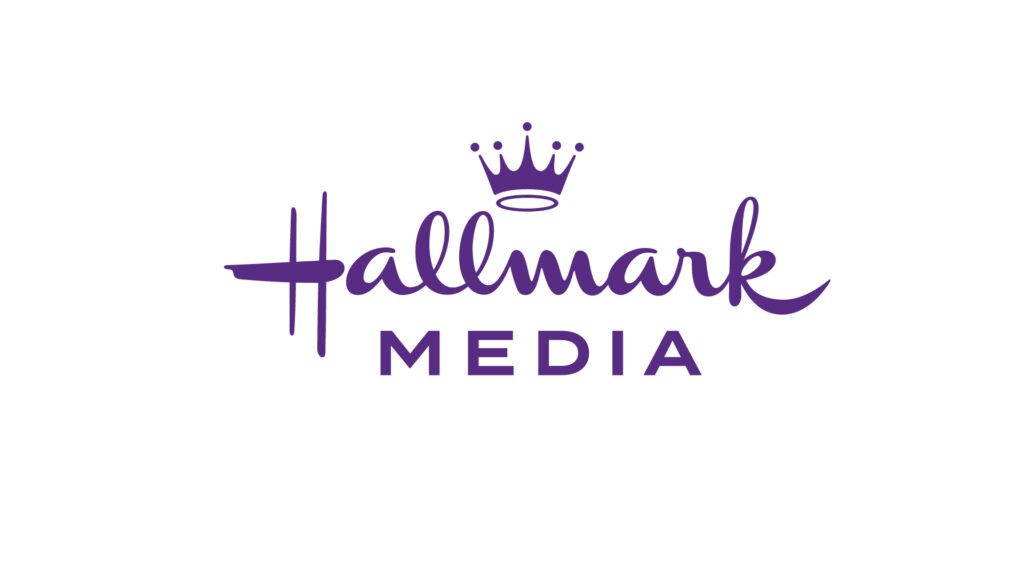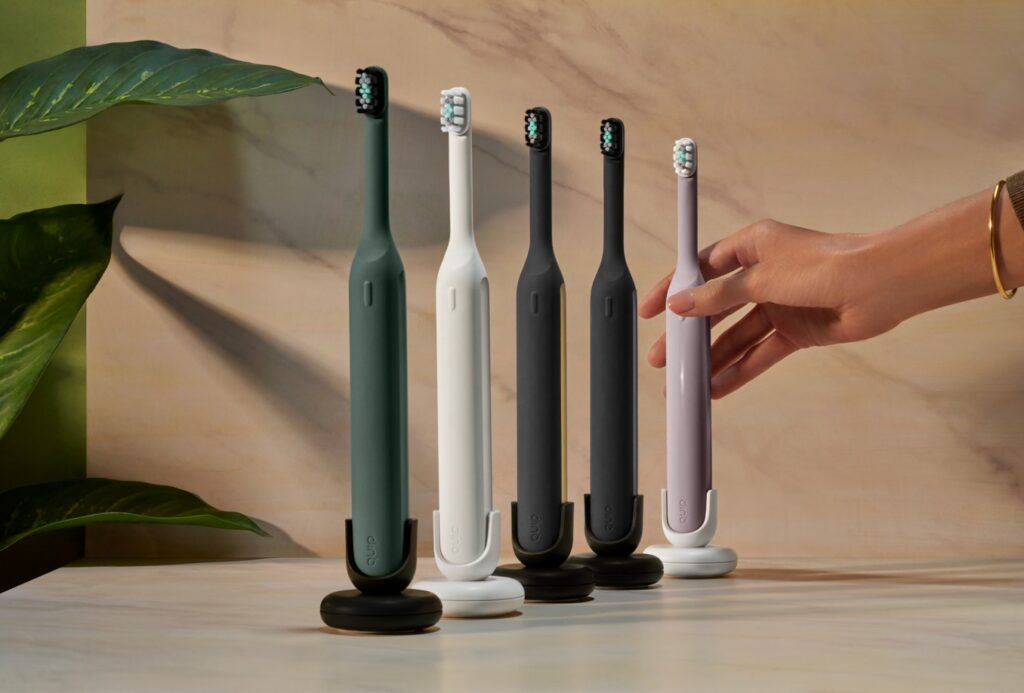Modeling business-to-business data can be tricky business. There are considerations consumer marketers don't have to worry about, such as how a given industry indicates propensity to purchase, or the impact of multiple decision makers within an organization.
Chief Marketer spoke with Matt Fulk, senior manager of database marketing at SAS, about the challenges of creating B-to-B prospect lead analysis models.
Chief Marketer: What goes into choosing which attributes to include in a model, and how to weight them?
FULK: The easiest thing is who the prospects are. In B-to-B you look at a few things, such as company, title and function. Title indicates level and function is what they are doing. You also ask [within online profile sheets] for industry, and sometimes you’ll ask for sales revenue data.
Start with that standard information, and as folks are coming in and visiting your site, you’ll want to nurture them and score them until they are sales-ready. Have content aligned to where they are in the buying cycle. Nurture them through that content and score them along the way [based on how their interactions indicate interest and readiness to buy].
CM: What gives clues that lead-scoring models and weights for specific prospect attributes should be adjusted?
FULK: Sometimes there are people who downloaded information or content that we didn’t expect to them download. For instance, if we had a nurturing program for financial services, we might find that people from other industries such as food services download financial credit risk [information]. You'll uncover things you didn’t expect to uncover.
This makes sense. Food suppliers want to make sure the restaurants they are delivering food to have good credit. You would reweight leads from that industry, adjusting the score to give more weight to them. Subsequently, when these leads enter the nurturing funnel, while in the past they might have been ignored, now they get nurtured [through additional automatic contacts and offers]. When they scored high enough through their interactions, they are passed to the sales force.
CM: Business purchase processes often involve more than one influencer/recommender/decider. How can a marketer capture and evaluate information on each to determine how hot a lead is?
It is important to consider influencers. With B-to-B purchase cycles there are many individuals involved. You can ask additional questions on your nurturing forms about who they are in the organization. The trick is going in with analytics to start drawing conclusions regarding who people are, so you can provide that [knowledge] to your sales force.
Let’s say you are collecting all that information on the Web, and you have the software analytics ability to combine those records. If a VP downloads information and identifies himself as a power sponsor, and a manager director starts to download similar information…if you can connect those two things, and provide that to your sales force, that is a competitive advantage for your sales force.
It’s what we call heat mapping the account. This is a labor of love–and data integration. Your sales force automation tool has to be integrated with your marketing interactions database, live events data, and Web data. You need to incorporate what people are downloading or how they are behaving online, or talking about a specific product or solution. And you need to have an automatic system for passing on this information, so there is no delay passing the lead to your sales force.
CM: Consider passive marketing, such as viral campaigns or social media, in which you don’t have as much information because you haven’t actively targeted them. How do you incorporate those passive individuals into a scoring system?
FULK: It is hard to know when to begin screening those folks if all you’re doing is passive marketing. The goal is to try and get those folks you are marketing passively to in social channels into active marketing stages.
If you have intelligent content that you are running out to social groups, such as a group on LinkedIn which has a good customer profile for a particular product, you have to entice them to get into an active conversation with you. When they start responding, they should be led back to a preference center where they can actively indicate what they want, or to nurturing campaigns where prospects are actively getting scored and ultimately becoming qualified sales leads.
CM: How much scoring information should you give to a sales staff? Is it beneficial or detrimental for them to know the quality of a given lead?
It is imperative that they know. Knowing helps salespeople prioritize leads as they go through them. Sales reps need to know at what level or group they are coming in.
Having said that, as they prioritize the leads and make sales calls, there needs to be a feedback loop between sales and marketing. If a particular group of leads isn’t performing as expected, you can go back and determine whether you need to reevaluate the scores or your scoring threshold to either let in more leads, or not as many leads.
 Network
Network

